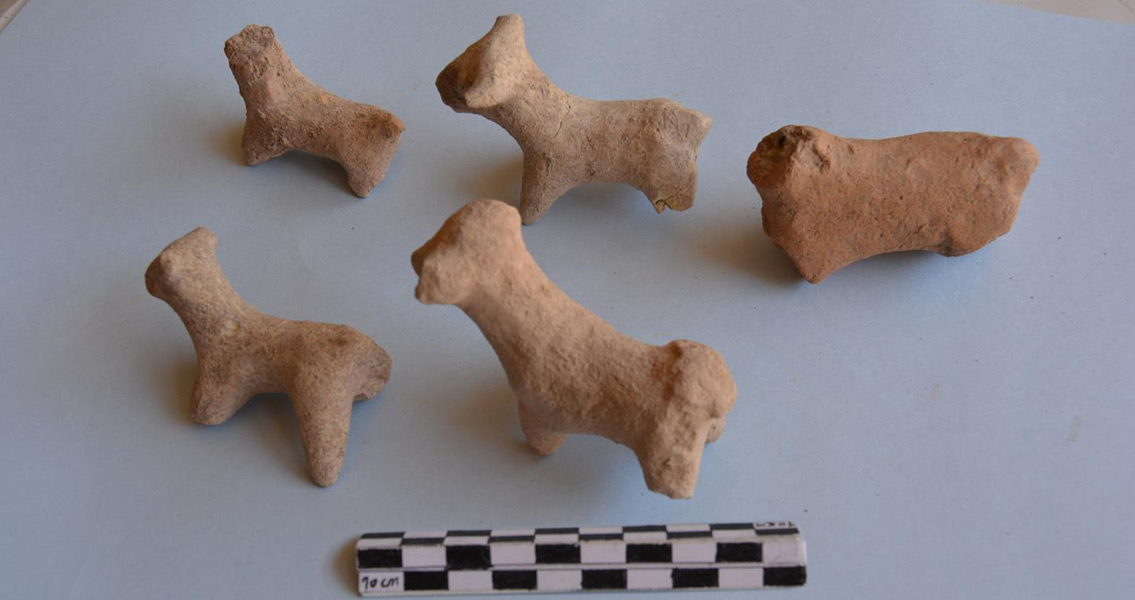<![CDATA[Early evidence of civilization in the form of the remains of initial farming societies which originated in Iraqi Kurdistan have been found by researchers from the Universitat Autònoma de Barcelona (UAB). The new research findings come from a project spearheaded by UAB Department of Prehistory professors Miquel Molist and Anna Gómez Bach. This marks the first time that this area has been opened to research since the 1990s, with the UAB archaeological team one of only a few permitted to participate in the excavation. Professor Molist and his team have been conducting research in both Turkey and Syria for many years, though they recently had to halt their work thanks to recent geopolitical upheaval within the region. However, with Iraqi Kurdistan opening its borders once more and welcoming academic research into the eastern reaches of Upper Mesopotamia, the UAB team has relocated thanks to a collaborative agreement with the Salahaddin University-Erbil, the oldest and largest public higher education institution within the Kurdistan region. The university has also forged agreements with several other research teams from Europe and America. According to a UAB press release, there have been two archaeological digs conducted by the Spanish university’s team of researchers, one in the autumn of 2015 and a much more recent one concluding during the first week of June of 2016. The site, known as Gird Lashkir, is thought to have high levels of archaeological potential thanks to around 14 meters’ worth of sedimentary layers across a 4 hectare region understood to have been used by ancient humans, ranging from as far back as the Neolithic period to the first millennium BCE. So far, more than 150 square meters have been excavated, allowing researchers to examine remarkably well-preserved remains of structures such as personal dwellings and more specialized buildings as well. Scientists say they have been able to tell the difference between time periods thanks to the stratification of the sediment, identifying several objects dating to the Neo-Assyrian period, which lasted until the end of the second millennium BCE. These objects are likely to have been trade goods stored in a warehouse, according to the team’s analysis. Meanwhile, other discoveries include an extensive amount of evidence that the site was occupied during the Early and Middle Bronze Age, specifically around 5600 BCE, based on the vestiges of habitats found within the site. Finally, an occupancy from the Uruk period, which stretched between around 4000 and 3100 BCE, has also been discovered in one of the deepest reaches of the site at around 4 meters below the surface. Other findings include remains from the Halaf (4500 BCE) and Ubaid (6000 BCE) periods of the Neolithic. With the excavations now completed, the research team has begun to transition to laboratory work in order to study the material elements discovered during the dig. Many of the objects are scheduled to be subjected to radiocarbon dating techniques as part of this study. The most significant finds are scheduled to be put on display at Erbil’s Archaeological Museum by 2017. Image courtesy of UAB ]]>
Early Evidence of Civilization in Iraqi Kurdistan Found
